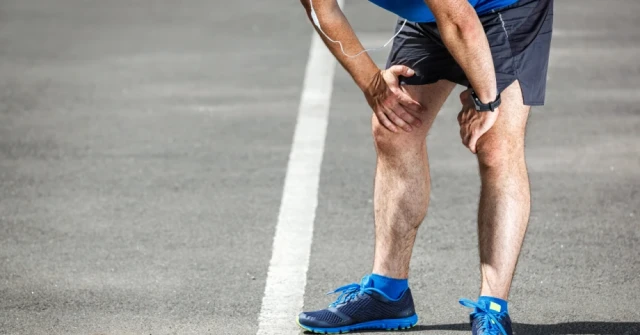
It is a common misconception that increases in strength and performance happen during a workout; that while the body is in the middle of training growth and strength are happening. While it may feel that way when a person participates in strength training and intense workouts, your muscle fibers actually experience acute micro-tears due to the stress of the activity. When those small tears in muscle fibers repair themselves, they heal even stronger than they were before, now able to better handle that resistance without enduring the damage.
This cycle of micro-tears and repair is what is responsible for increases in strength and potentially in performance. To ensure that the muscles and tissue have the opportunity to repair themselves, adequate rest and recovery is an absolute necessity. Without rest, this process of damage will continue without the ability to repair the stress incurred by the tissues, resulting in decreased strength and performance, and possible injury.
Just how much recovery is necessary to allow the body to properly heal is dependent on a variety of factors: the volume, duration, and intensity of training, your nutrition and caloric intake, psychological stress, lifestyle (amount of sleep, housing situation, social activities, etc.), overall health status, and your environment (temperature, altitude, humidity, terrain, etc.).
EAT A WELL-BALANCED MEAL
One of the best things that an athlete can do to jump-start the repair process is to eat a well-balanced meal within 30 minutes to an hour and a half of completing an intense training session. The sooner, the better! On high-intensity training days, appropriate caloric intake and nutritional density are even more important. Having the right amount of protein, carbohydrates, and healthy fats will allow your body to refuel, repair, and become ready for the next training session.
GET YOUR SLEEP
Getting adequate sleep will also make an immense impact on your body’s ability to recover! Not only does sleeping support healing through the release of hormones that encourage your body to repair damaged tissue and blood vessels, but it also assists the body in warding off viruses and bacteria through the creation of new white blood cells. When sleep is not a priority, it is difficult for your immune system to protect your body from infection. Sleep also allows blood pressure to drop and the body to relax allowing inflammation to decrease and healing to commence.
GET IN SOME ACTIVE RECOVERY
If taking a day off to recover doesn’t feel right for you, stretching and active recovery also offer some benefit. Stretching may help to reduce or eliminate muscle tightness, spasms, or soreness. Active recovery, or participating in low-intensity exercise, can be beneficial to eliminating tightness or soreness by loosening up muscles and joints. Some examples may be going for a walk, swimming, yoga, using an elliptical or rowing machine, or cycling.
WHAT'S NEXT?
- Learn more about team and individual training for young athletes at the OrthoCarolina Sports Training Center to maximize performance and prevent injury.
- Bored with your regular gym routine? Our adult classes offer variety and feed off your competitive edge.
Back




Leave a Comment